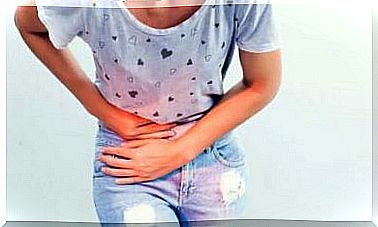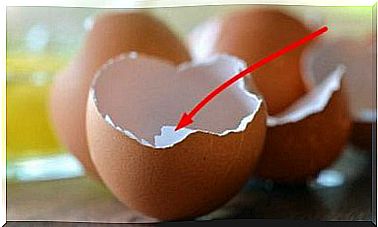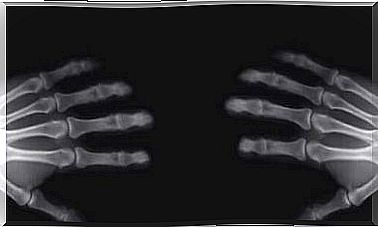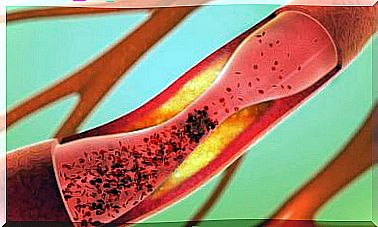Everything You Need To Know About Baby Teeth
From the moment the child already has his baby teeth, it is important to start good oral hygiene habits and to do a first visit to the dentist. If the care is anticipated, it will be easier to prevent possible problems with the final dentition.

Milk teeth are those that appear during childhood. We also call them temporary teeth because they are replaced later by the permanent teeth. Their name is due to the fact that their arrival coincides with the lactation phase.
In total, humans have 20 baby teeth. 10 at the bottom, then 10 at the top. Each jaw has four incisors, two canines and four molars. The age at which they come out and fall is not the same in all children.
The birth of milk teeth is a very important stage in the development of the human being. They effectively make it possible to chew and, consequently, to widen the variety of foods ingested. They also constitute a support for the child in the arrival of language. Finally, they maintain the space necessary for the eruption of permanent teeth.
The birth of milk teeth
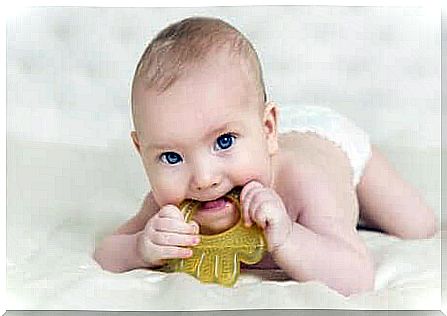
The first teeth usually start to appear between the fifth and eighth month of life. The first to appear are the lower incisors. The process is uncomfortable and painful for the child who may be irritable and without appetite.
During the birth of teeth, babies are very likely to actively seek things to bite on and thus relieve pain. The best thing to do is give them rattles that usually calm the urge to bite without hurting the gums. It is also common for them to have a little fever and rash.
The most critical moment is when the first teeth are about to emerge. The pain is then more intense, the gums inflame and are markedly redder. When the teeth are about to come out, we notice a whitish coloration.
In most cases, the baby teeth have all erupted around the age of three. This may vary from child to child, but does not mean anything abnormal. Some children complete their teething at 2 years old, and others at 4 years old.
The importance of the first teeth
As we pointed out in the introduction, baby teeth are essential for chewing and speaking. They also provide the necessary space for the trouble-free arrival of the final teeth. These have already grown under the gums, and need adequate space to appear later.
When a child loses a baby tooth too quickly, the final forming teeth can move into the space left by the baby tooth. As a result, the other teeth do not have enough room to come out. This gives rise to the famous crooked teeth.
Hygiene measures and care of milk teeth
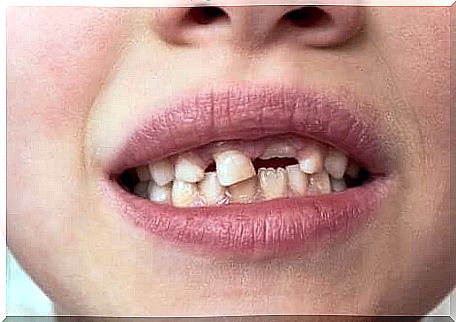
As soon as the first baby teeth appear, parents should take their child to the dentist. This ensures good oral hygiene and prevents any subsequent problems. The visit to the dentist should be done at least once a year, as a preventive measure.
In addition, it is best to wash the baby’s mouth from the first days of life, using a clean, damp gauze or washcloth. Then, as soon as the first teeth arrive, it is necessary to start regular brushing. Cavities can actually occur shortly after the arrival of the first teeth.
The best thing to do is brush your teeth in the morning and evening, with a small amount of fluoride toothpaste. This amount should increase in children between 3 and 6 years old, but should never exceed the size of a pea.
Falling baby teeth
Usually, baby teeth begin to fall out around the age of six. The first to fall are the front incisors. This is due to the fact that the permanent teeth involve the absorption of the root of the milk teeth which then hold together with a small piece of tissue.
Gradually, the other baby teeth fall out. The last are the posterior molars around the age of 10 or 12 years. By the age of 13, it is very likely that the child will have the majority of permanent teeth.
Finally, if the baby teeth do not come off naturally, the dentist may recommend an extraction. The premature fall of the baby teeth is the cause of 30% of orthodontic disorders.
